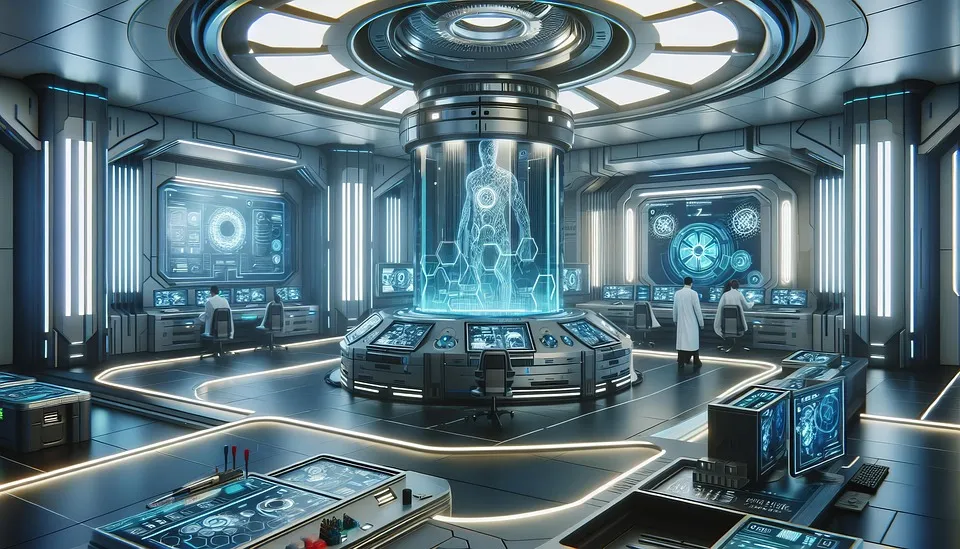
Pixabay
If there is something that has really surprised me lately, it is how artificial intelligence is applied to medical research, with this tool you can process massive data very quickly, and thus it is easier to find trends in diseases, anticipate diagnoses and create tailored treatments. It's amazing how well-trained algorithms can recognize cancer cells even better than some expert doctors.
On the other hand, I also find 3D printing amazing, especially in the field of biotechnology. I've been reading about projects where artificial organs or prostheses are made to measure for each person, something that we used to only see in the cinema. This novelty not only helps many people to live better, but also lowers prices and shortens times in today's medicine.
In addition, I must comment on the footprint of robots and automatic systems in laboratories, with these things, it is feasible to do rare tests with more accuracy and without people touching anything. This lowers the chance of failure, and helps geniuses focus on seeing what the data means.
I think that the new knick-knacks are changing science completely, not only have they fixed how things are done, but they have opened up opportunities to find new things and made it easier to learn. I, who care about the future and how people improve, am happy to see that science and technology come together to solve today's big problems.
Reference
Physics for Science and Technology. II by Paul Allen Tipler, Gene Mosca, 2004.
Scientific and Technological Field I 2025 by Francisco Javier Guerra Perlado, Mercedes Sánchez Ruiz, Ascensión Ruano Calvo, 2025.